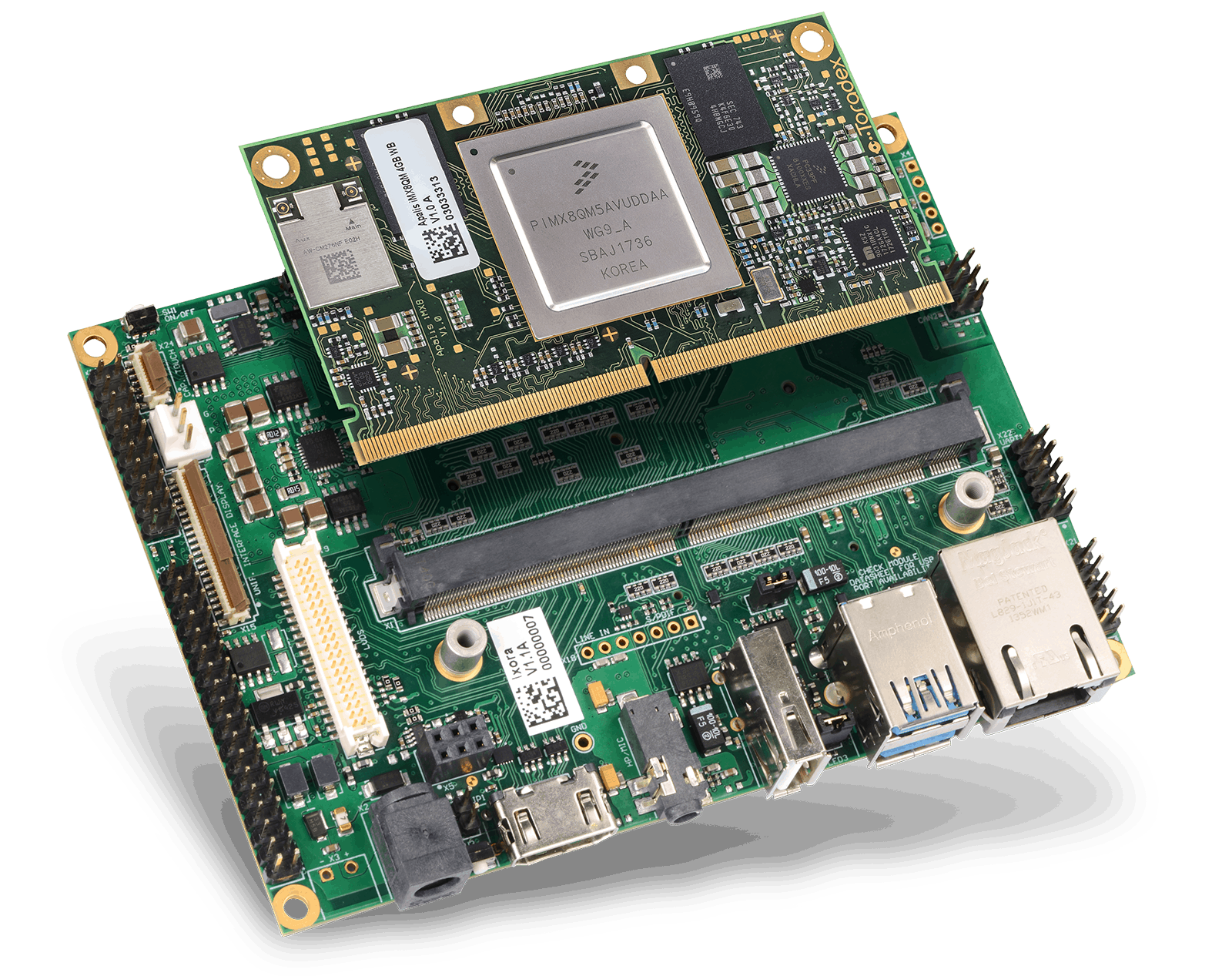Contents
The advancement pace currently being experienced in the computer technology industries has increased the urge and need for many manufacturers to upgrade their equipment. The most competitive manufacturers in the market strive to ensure that the clients are provided with high-end and entry-level products that meet the latest technology trends. Manufacturers now opt to utilize the system COM modules strategies to reduce the effort needed to develop and marketing time. There are several COM modular designs and manufacturers have the opportunity of maximizing and using the various products and equipment to reap the benefits.
What is the COM composed of?
The COM is best described as an embedded system that is in the form of single board computers. On the single circuit board, some modern unit structures are constructed on them and are fully functional. The modular design is also composed of input controllers, output controllers, RAM, and other properties that are functional on the one board component. The single-board computers cannot be used directly without connectors that link them to the input and output devices making up part of the board components. They are therefore mounted first on carrier boards commonly known as baseboards. The board’s main purpose is to provide dense packages that allow the use of specialized configurations.
When mounting the board on a carrier board always ensure that the physical size remains diminutive and that the overall power consumption is low. Some of the benefits of the baseboard include allowing the implementation of I/O interfaces and peripherals such as shape factors and memory devices.
COMs usage
Currently, COMs are being used to achieve several benefits especially in the application of real-time data for example automation of the factory floor to the internet of things and in personal healthcare. Many designs that include the Internet of Things and other fields employ the use of these components to achieve functionality. Technological advancement has seen the achievement of even more complicated performance of the COMs in various applications. However, manufacturers are always in a quest to improve in the area and many innovations and improvements are made regularly.
Types of COMS
Many COM designs are made by the primary set standards. The products can however be customized to meet a particular application need hence exist in various product categories. The vastness of the COMs, therefore, allows manufacturers to develop products with the sole purpose of achieving performance and output without much effort and time requirements. The classifications of the COMs include
- ETX Modules
- COM Express
- XTX
- Qseven
- SMARC
COMs Application Fields
- Security systems
- Healthcare
- Video Surveillance services
- Oil and gas
- Transportation
- Retail
- Automotive
- Big data
Conclusion
There is a broad spectrum of computer-on-module options in the current markets. Manufacturers are always trying to make a better version of the existing options ensuring that the industry keeps advancing. Additionally, clients are looking for offers with the latest and trending computer technology hence the need for evaluation of the COMs before usage. The best type of COM to use usually depends on an individual’s intended applications to ensure that it serves the desired functionality.




